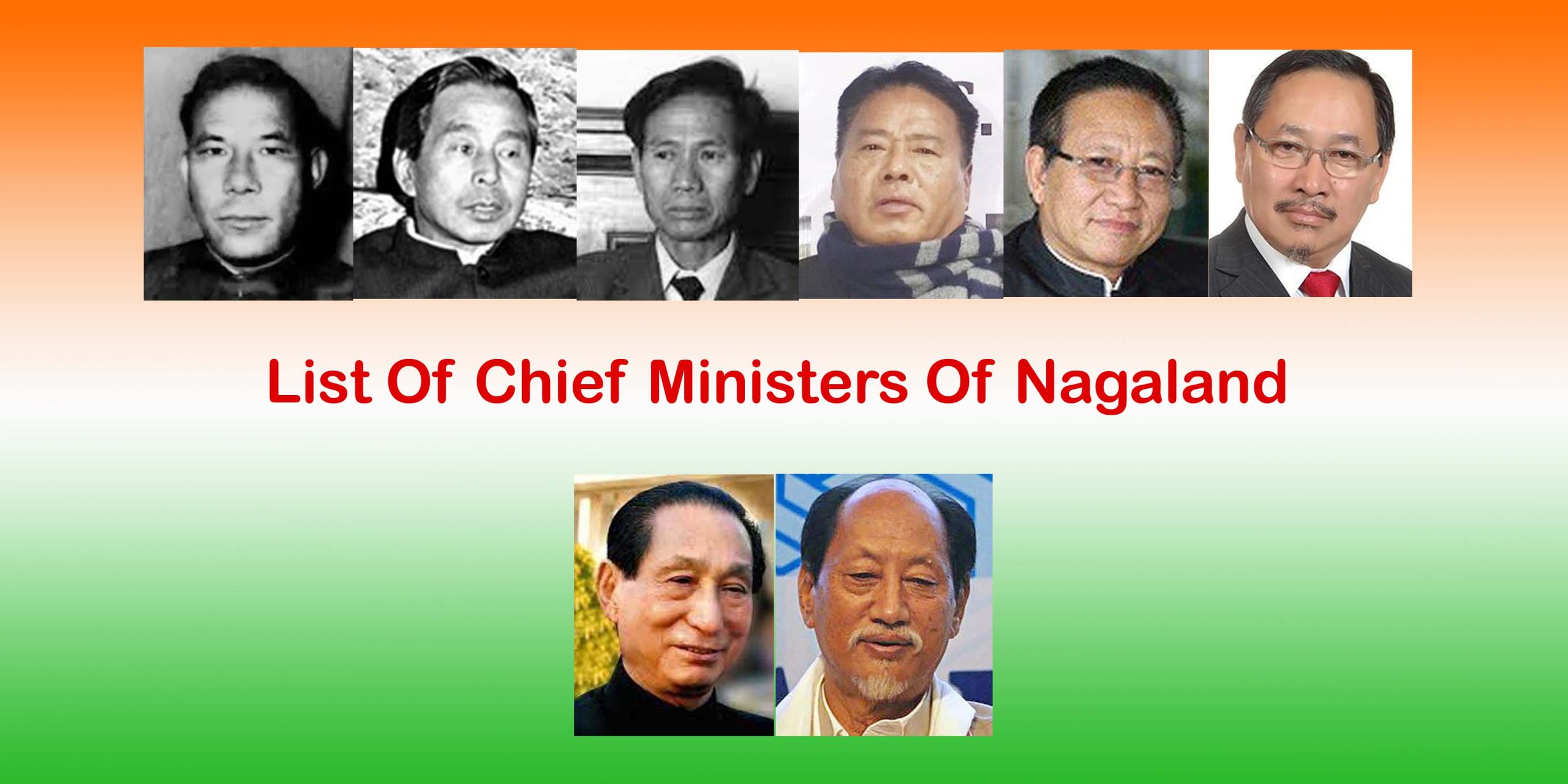
A Journey Of Chief Ministers Of Nagaland Since Independence
Nagaland, a state renowned for its vibrant culture and scenic beauty, has been guided through its journey since becoming a part of India in 1963 by a series of visionary Chief Ministers. Each leader has contributed uniquely to the state’s development, facing distinct challenges and leaving behind legacies that have shaped Nagaland’s path. Chief Ministers Of Nagaland Since Independence blog delves into these leaders’ contributions, highlighting how they’ve each played a pivotal role in Nagaland’s ongoing story of growth and resilience.
In this blog, we will take a closer look at Chief Ministers Of Nagaland Since Independence, discussing the big projects they worked on, their challenges, and how they’ve left a mark on the state. Let’s dive into the stories of these incredible leaders and explore how they’ve shaped Nagaland into the place it is today.
A Journey Through Leadership: Nagaland Chief Ministers Since 1963
P. Shilu Ao (1963-1966)
P. Shilu Ao was Nagaland’s first Chief Minister, guiding the state right after it became its state. He focused on laying the groundwork for Nagaland, making it stand out as part of India. He also tackled the tough job of creating a new state’s identity and setting up its government system.
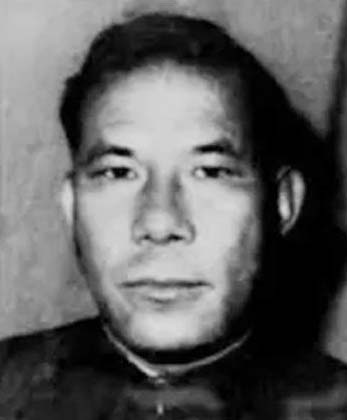
Key Contributions:
- P. Shilu Ao was critical in setting up Nagaland’s administrative backbone, creating a solid foundation for the state’s future.
- He strongly emphasized building crucial infrastructure like roads, houses, and public services, catering to the needs of Nagaland’s expanding community.
- Additionally, Ao kicked off several welfare projects to help improve life for Nagaland’s less fortunate, focusing on boosting education and healthcare.
Challenges:
- He also setting up a robust system of governance in Nagaland, home to many different tribes and cultures, was a big hurdle in the early days.
- Boosting the economy in a place with limited resources and basic facilities, making sure everyone benefits, was a crucial job.
- Bringing together Nagaland’s diverse tribes and groups with their ways and traditions was vital to building a united state identity.
Legacy: P. Shilu Ao’s tenure marks the beginning of Nagaland’s journey within India. He established the foundation for the state’s development, tackling governance challenges, stimulating economic growth, and uniting diverse communities. His work has left a lasting mark on Nagaland’s journey towards progress. His dream of a united and thriving Nagaland continues to inspire future leaders.
Thepfülo-u Nakhro (1966-1969)
Thepfülo-u Nakhro, stepping into the role of Nagaland’s Chief Minister from 1966 to 1969, led the state through a pivotal period of consolidation and development. His leadership focused on strengthening Nagaland’s emerging administrative and social structures amidst the challenges of forging a cohesive and progressive state.
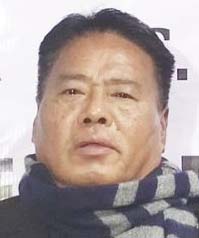
Key Contributions:
- Consolidating Administrative Structures: Thepfülo-u Nakhro strengthened the administrative and governance framework established by his predecessor, ensuring the efficient functioning of the state machinery.
- Advancing Infrastructure Development: He continued the focus on infrastructure, emphasizing the construction of roads to cater to the developmental needs of a growing state.
- Enhancing Welfare Programs: Nakhro also expanded welfare initiatives, particularly in education and healthcare, aiming to elevate the living standards of all Nagaland’s citizens, with particular attention to the most vulnerable sections of society.
Challenges:
- Governance Amidst Diversity: Governing a state as diverse as Nagaland, with its myriad tribes and cultures, posed significant challenges in ensuring equitable development and representation.
- Economic Growth: Propelling economic growth in a state with limited industrial base, Nakhro focused on agriculture, horticulture, and developing small-scale industries as engines of financial advancement.
- Social Cohesion: In addition, he faced the task of fostering social cohesion and unity among the various tribes, addressing disparities and conflicts to build a harmonious Nagaland.
Legacy: Thepfülo-u Nakhro is honoured for his efforts to progress Nagaland’s foundational phase as an Indian state. Tackling the complexities of governing a diverse and evolving state, his leadership significantly contributed to Nagaland’s development and cohesion. He’s known for guiding Nagaland towards lasting development and better social support, showing his dream of a united and thriving Nagaland.
Hokishe Sema (1969-1974, 1986-1988)
Chief Ministers Of Nagaland Since Independence, Hokishe Sema became Nagaland’s Chief Minister at a critical time for the state’s growth. During his two terms, he focused on strengthening Nagaland’s political and social structure and boosting the economy. His time in office was crucial for guiding Nagaland through its early development and later changes.
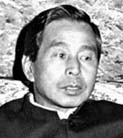
Key Contributions:
- Sema significantly strengthened Nagaland’s government and administrative systems, enhancing the delivery of services to the population.
- He focused on building better infrastructure like roads and utilities, which are crucial for the state’s economic growth. Sema also worked on making Nagaland’s economy more varied, encouraging farming, gardening, and small businesses.
- During his time, welfare programs, especially in education and healthcare, were broadened to enhance the quality of life for people in all of Nagaland’s communities.
Challenges:
- Sema navigated through the tricky political scene of a new state, working hard to keep things stable and bring together a government that worked well despite the different tribal groups.
- He faced the tough job of boosting the economy in a place primarily reliant on farming, trying to grow it in a way that lasted.
- Sema also focused on bringing together Nagaland’s many tribes and groups, aiming to build a feeling of togetherness and a common identity among the state’s varied people.
Legacy: Hokishe Sema, remembered as a Chief Minister, focused intensely on establishing a solid foundation for Nagaland’s future. Despite significant challenges in governance, economic growth, and uniting diverse communities, his leadership played a crucial role in steering Nagaland towards stability and advancement. His vision of a prosperous and united Nagaland remains an inspirational beacon, underscoring his vital contribution to the state’s developmental journey.
Vizol Koso (1974-1975, 1977-1980)
Vizol Koso took charge of Nagaland during critical moments of its early years as a state, first becoming Chief Minister just over ten years after it was formed and then again in the late 1970s. He led the state as it was figuring out its place in India, concentrating on growth and bringing its people together.
Key Contributions:
- Koso significantly strengthened Nagaland’s government system, making the state’s administration more efficient and responsive, building on what previous leaders had started.
- He focused on improving infrastructure like roads and utilities, which is crucial for Nagaland’s social and economic growth. Koso also boosted the economy through support for farming, trade, and small businesses.
- With his leadership, Nagaland expanded its social welfare efforts, especially in education and healthcare, to better the lives of its people and make sure everyone could access these essential services.
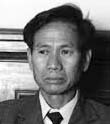
Challenges:
- Koso navigated Nagaland’s intricate political landscape, where tribal loyalties and political affiliations made governance challenging, testing his leadership skills.
- He tackled the challenge of broadening an economy deeply rooted in traditional farming, looking for sustainable growth methods.
- Koso aimed to bring Nagaland’s varied communities closer, easing ethnic conflicts and encouraging a sense of togetherness.
Legacy: Vizol Koso’s tenure reinforced the fundamental aspects of Nagaland’s growth. He led the state towards greater unity and prosperity, navigating political, economic, and social challenges. His focus on strong governance, financial stability, and social welfare during Nagaland’s formative years laid a model for the leaders who followed.
John Bosco Jasokie (1975, 1980-1982)
Chief Ministers Of Nagaland Since Independence, John Bosco Jasokie was at the helm of Nagaland twice. He led the state during its early days as it was still figuring out its place in India, dealing with challenges like political upheaval and the need for development.
Key Contributions:
- Jasokie played a crucial role in bringing stability to Nagaland’s government during political change. He focused on strengthening the administrative setup to guarantee good governance.
- He put much effort into improving the state’s infrastructure, especially roads, schools, and hospitals, to support Nagaland’s social and economic development.
- Jasokie expanded programs designed to help improve life for the less fortunate, making education and healthcare more accessible and boosting social welfare.
Challenges:
- With Nagaland’s mix of tribal identities and political groups, Jasokie had to lead through complicated political situations, working hard to unite everyone and ensure stable leadership.
- He took on the challenge of boosting the mainly farming-based economy, trying to start new projects that would bring variety and lasting growth.
- Jasokie also focused on bringing different cultures and ethnic groups in Nagaland closer, aiming to create a united community by tackling ethnic conflicts and encouraging everyone to feel included.
Legacy: John Bosco Jasokie is remembered as a Chief Minister for guiding Nagaland through challenging periods, emphasizing good governance, development, and social welfare. Despite encountering significant challenges like political stability, economic growth, and social unity, his leadership helped establish a solid foundation for Nagaland’s advancement. In addition, Jasokie’s role during critical times in Nagaland’s history highlighted the value of forward-thinking leadership and the push for unity and progress as the state grew.
S. C. Jamir (1980, 1982-1986, 1989-1990, 1993-2003)
S. C. Jamir led Nagaland through critical times, focusing on stabilizing politics, growing the economy, and keeping society together. With several terms as Chief Minister, his time in office was vital for Nagaland’s growth path, tackling the state’s challenges and seizing its opportunities as it quickly changed.
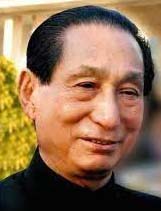
Key Contributions:
- Jamir played a crucial role in strengthening Nagaland’s government and administrative systems, creating a stable and practical framework for running the state.
- He has also dedicated significant attention to enhancing Nagaland’s infrastructure, including improving roads, schools, and hospitals. He aimed to boost the state’s economy through support for agriculture, tourism, and small enterprises.
- During his time in office, Jamir broadened welfare and social initiatives to boost the quality of life for people in Nagaland, especially in education, healthcare, and helping rural areas.
Challenges:
- Jamir led Nagaland through political instability, striving to unite the state’s various tribal groups and create a united state identity.
- He took on the challenge of sparking sustainable economic growth in a mainly agricultural economy, aiming to set up a more varied economic base.
- Jamir focused on peace and security, working on peace talks and enhancing stability in areas troubled by insurgencies and conflicts.
Legacy: S. C. Jamir is renowned for his visionary leadership, pivotal in shaping modern Nagaland. Despite navigating complex challenges in governance, economic growth, and bringing diverse communities together, his leadership era was a time of significant change. He aimed to create a stable, thriving, and cohesive Nagaland. Jamir’s lasting influence on Nagaland’s development journey highlights his importance as a critical figure in the state’s history. He is known for guiding Nagaland towards advancement and cohesion.
K. L. Chishi (1990)
K. L. Chishi’s brief stint as Chief Ministers Of Nagaland Since Independence at a challenging political time for the state. His leadership was vital in tackling Nagaland’s urgent issues, focusing on running the state well, encouraging development, and bringing its people together.
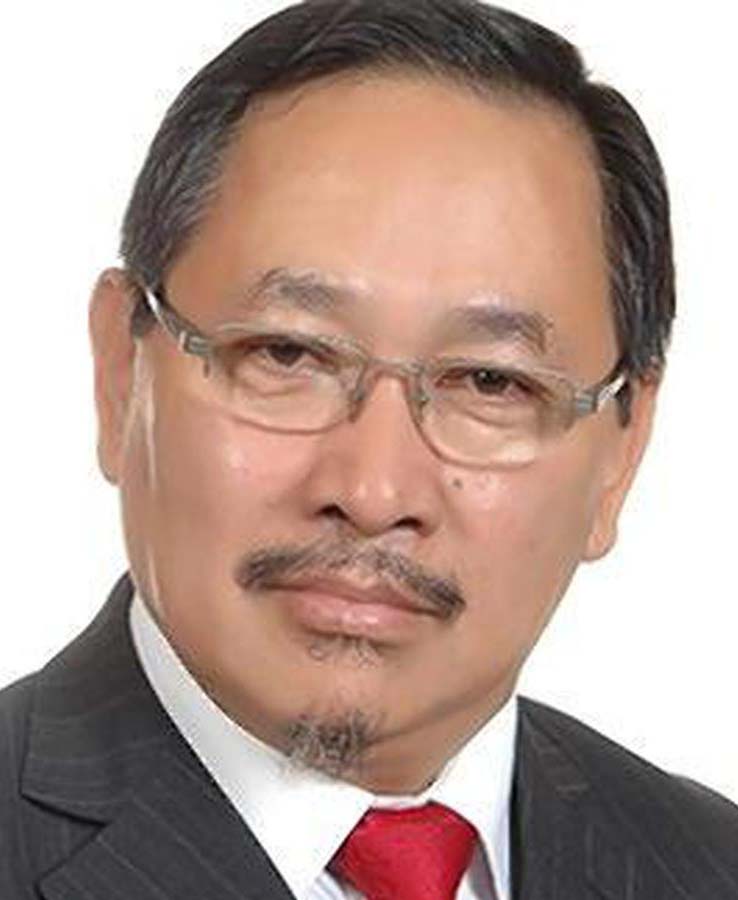
Key Contributions:
- Chishi worked on strengthening Nagaland’s government system, aiming for a more efficient and responsive administration to meet the needs of its varied communities.
- Even in his brief time in office, he pushed for better infrastructure, highlighting the need for good roads, schools, and hospitals to help Nagaland grow.
- Additionally, Chishi kept up the effort to start and support programs that would improve life for the less fortunate, especially ensuring they could get healthcare and education.
Challenges:
- Chishi’s brief tenure limited his ability to implement long-term development plans, restricting his achievements.
- Additionally, he had to deal with Nagaland’s complex political scene at a time of change, which made it challenging to keep the government stable.
- Finding a way to grow the economy while tackling social inequalities was a significant issue, especially with little time to make a difference.
Legacy: K. L. Chishi distinguished his brief tenure as Chief Minister with a commitment to enhancing the governance and development of Nagaland. He focused on making administration more efficient, pushing for better infrastructure, and backing programs to help those in need, all contributing to the state’s path towards improvement. Despite the limitations of his brief tenure and Nagaland’s intricate political and social landscape, Chishi’s leadership time is essential to meeting the state’s immediate needs and preparing for its continued growth.
Vamüzo Phesao (1990-1992)
Vamüzo Phesao served as the Chief Minister of Nagaland when the state was experiencing significant political changes and societal shifts. He led with a focus on guiding Nagaland through these changes, working hard to bring stability and growth to the state.
Key Contributions:
- Phesao significantly improved Nagaland’s administration and governance, aiming for greater efficiency and a government that responds well to the people’s needs.
- He strongly emphasized building infrastructure like better roads, more housing, and improved public utilities to help Nagaland develop and meet the needs of its increasing population.
- Phesao launched and built upon welfare programs to raise the quality of life for Nagaland’s less fortunate. He aimed to improve education, healthcare, and rural development, ensuring more people could access these crucial services.
Challenges:
- Phesao led Nagaland through its diversity, working hard to ensure development and representation were fair for all the state’s different tribal cultures.
- He aimed to boost the economy in a state with a small industrial sector, focusing on growing agriculture and encouraging small businesses to diversify Nagaland’s economic scene.
- Phesao also put effort into bringing Nagaland’s many tribes together in harmony, trying to ease ethnic tensions and foster a united sense of identity for the state.
Legacy: Vamüzo Phesao, as Chief Minister, is remembered for his deep commitment to Nagaland’s administration and social progress. Even with the tough job of leading a state with a complicated social makeup and urgent development needs, his time in office helped set the stage for Nagaland’s future growth and stability. Phesao’s leadership stood out for its emphasis on good governance and welfare improvements and his work to bring Nagaland together, making a significant and enduring mark on the state’s path toward development and unity.
Neiphiu Rio (2003-2008, 2008-2013, 2013-2014, 2018-2023, 2023-Present)
Chief Ministers Of Nagaland Since Independence, Neiphiu Rio has been a critical figure in Nagaland’s recent history. He is leading the state toward political calm, economic progress, and social improvement. With several terms as Chief Minister, Rio’s time in office has been crucial in guiding Nagaland through times of change, working towards a bright and prosperous future for the state.
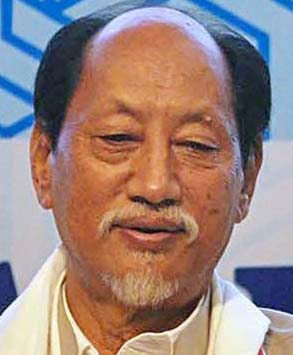
Key Contributions:
- Neiphiu Rio was crucial in updating Nagaland’s administrative and governance systems, making them more transparent, efficient, and responsive.
- He focused on significant infrastructure improvements and economic expansion, enhancing transportation, housing, and public utilities and encouraging growth in tourism, agriculture, and IT to diversify Nagaland’s economy.
- Rio also expanded social welfare and development programs, especially in education, healthcare, and rural development, to better people’s lives across Nagaland.
Challenges:
- Neiphiu Rio has tackled Nagaland’s intricate political environment, striving for unity and stability among varied tribal interests and political scenarios.
- He has worked on diversifying the economy, moving beyond traditional agriculture to find sustainable development opportunities that highlight Nagaland’s unique advantages.
- Rio has also focused on building social harmony and unity among Nagaland’s diverse communities to reduce disparities and promote a collective state identity.
Legacy: Neiphiu Rio’s time as Chief Minister stands out for his lasting dedication to developing and modernizing Nagaland. Facing challenges in governance, economic diversification, and social integration, his leadership has propelled Nagaland towards sustainable growth and prosperity. Rio cemented his position as a critical architect of Nagaland’s promising future with notable achievements in infrastructure, welfare, peace, and unity.
T. R. Zeliang (2014-2017, 2017-2018)
T. R. Zeliang led Nagaland through an eventful time as Chief Minister, focusing on overcoming political challenges and pushing for economic and social progress. His leadership was crucial in guiding the state towards stability and growth during significant changes in Nagaland’s political scene.
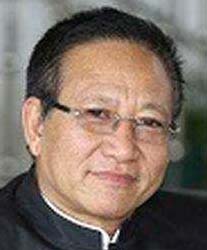
Key Contributions:
- Zeliang worked on beefing up Nagaland’s governance and rolling out reforms to make the administration more efficient and transparent.
- He spotlighted building infrastructure and launching significant roads, housing, and utilities projects to meet Nagaland’s expanding needs and diversify its economy.
- Zeliang also roadened social welfare programs, especially in education and healthcare, to boost the well-being of Nagaland’s people.
- In addition, he aimed to ensure everyone could access these services quickly and help lift those in need.
Challenges:
- Zeliang faced the challenge of keeping Nagaland politically stable, dealing with the state’s intricate tribal and political mix, and aiming for unity among different groups.
- He also tackled the challenge of spurring economic growth in an economy mainly based on farming, looking for creative methods to broaden the economy and make it more sustainable.
- Additionally, He worked hard to build social cohesion and unity in Nagaland’s diverse society, striving to heal ethnic rifts and create a feeling of belonging across all communities.
Legacy: T. R. Zeliang marks his legacy as Chief Minister with a dedication to advancing Nagaland’s development agenda. Despite the challenges of political stability, economic diversification, and social cohesion, his tenure contributed significantly to laying a foundation for future growth and stability in the state. Zeliang’s leadership is remembered for its emphasis on governance reforms, infrastructure development, and social welfare, positioning Nagaland on a trajectory towards sustained growth and prosperity.
Conclusion:
The path of Nagaland, guided by its Chief Ministers, showcases their commitment and foresight in developing the state. Chief Ministers Of Nagaland Since Independence, each leader has made unique contributions to overcome immediate obstacles and establish a foundation for future prosperity. As Nagaland grows, the enduring legacies of these leaders shine as beacons, motivating ongoing advancement and ensuring the state’s luminous future in India’s landscape.
On Postswirl blogging site, take a closer look at their achievements on Chief Ministers of Nagaland Since Independence: the hurdles they faced and the difference they have made in bringing the state forward.




